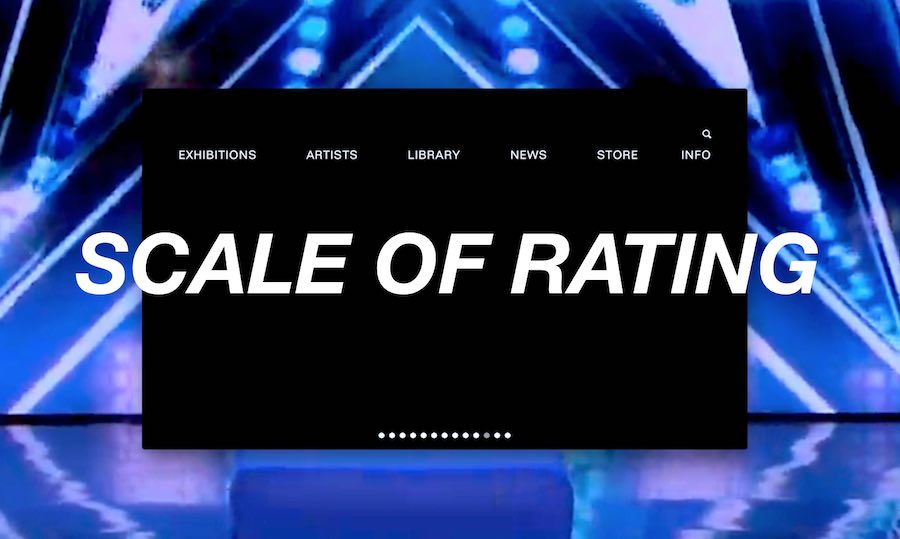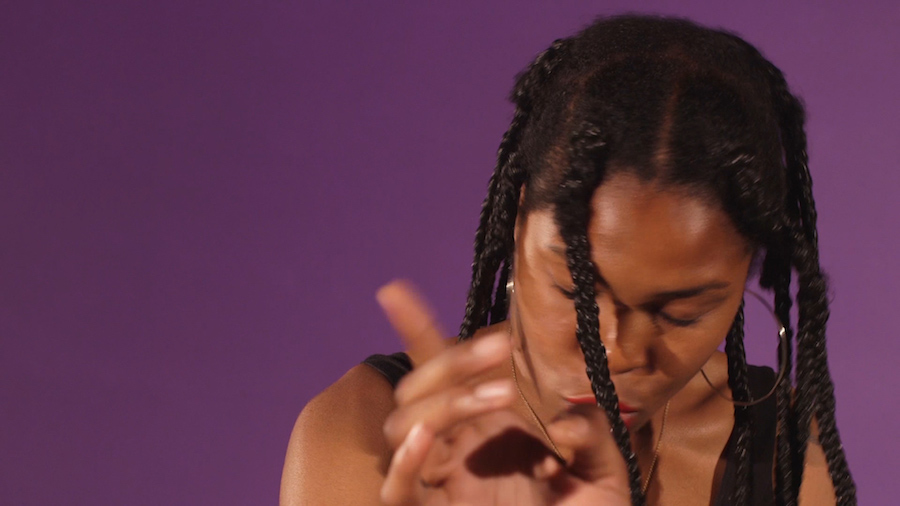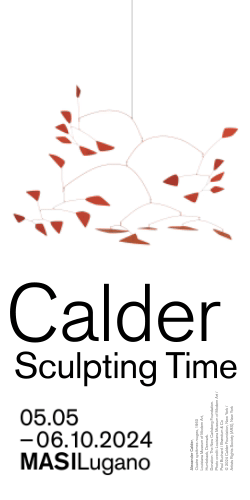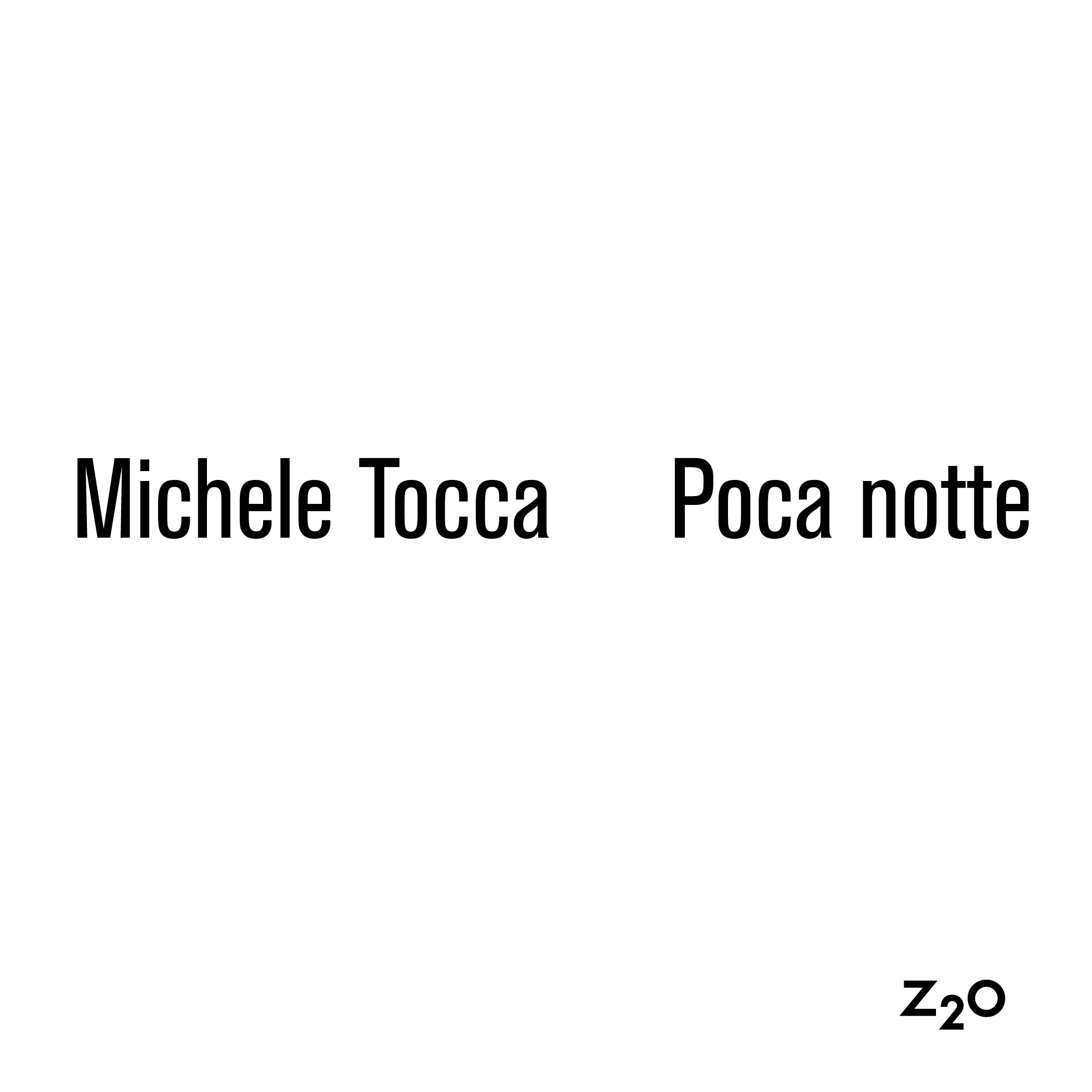
English text below
Nel fitto panorama di mostre che inaugura nella Milano Art Week, spicca Hypertimes, Ten gazes across pastness, presentness and futurity, a cura di Ginevra Bria. La mostra collettiva – ospitata dal 1 aprile al 25 maggio 2019 a FuturDome – ospita dieci video inediti di artisti internazionali emergenti.
Come suggerisce il sottotitolo, il concetto attorno a cui ruota il progetto è la percezione del tempo, nella sua complessità. Fluido, ambiguo, inafferrabile, il tempo è ‘assorbito’ nella ricerca degli artisti per essere poi espresso in diverse forme e modalità.
Tutti recenti – la maggior parte prodotti negli ultimi tre anni – i video raccontano, come ci spiega nell’intervista che segue la curatrice, “il modo in cui comprendiamo il tempo, come ricordiamo il passato e come viviamo il presente, di fronte al futuro spesso scoraggiante.”
Con le opere di Anna Barham, Oliver Beer, Hannah Black, Mikkel Carl, Maja Čule, Kasia Fudakowski, Tobias Madison, Patrick Panetta, Diamond Stingily, Martine Syms, Hipertimes racconta una sfaccettata visione dei tempi contemporanei: sincopati, isterici, contraddittori e, al tempo stesso, forieri di potenziali visioni.

Elena Bordignon ha intervista la curatrice Ginevra Bria —
Elena Bordignon: Hypertimes, Ten gazes across pastness, presentness and futurity. Il sottotitolo della mostra HYPERTIMES, abbraccia una temporalità fluida e transitoria. Non è forse un caso che hai scelto di raccogliere solo opere video: linguaggio che forse, più di altri, racconta l’eterogeneità e mobilità del tempo. Mi racconti da dove sei partita per sviluppare il tema del tempo e la sua ‘impossibile’ definizione?
Ginevra Bria: FuturDome è un luogo sospeso, incompiuto tra diverse dimensioni temporali transitorie. Tra la sua eredità futurista, la sua missione attuale, le sue trasformazioni future e le sue ulteriori realtà. Hypertimes potrebbe rappresentare una sorta di ritratto fluido, che esalta la molteplicità di FuturDome, attraverso la varietà di modi in cui gli artisti contemporanei emergenti hanno espresso l’esperienza del tempo nel loro lavoro. Di portata internazionale, riconosce la fluidità della pratica artistica e del significato presentando un corpus di opere prismatico piuttosto che un’esposizione cronologica. Sebbene la mostra tocchi alcune delle principali preoccupazioni e innovazioni della video arte, la maggior parte delle opere in mostra sono state realizzate negli ultimi tre-quattro anni; una serie di opere chiave, mai esposte prima in Italia, che anticipano o compensano sviluppi artistici più recenti. Nel nostro urgente contesto contemporaneo, devoto al tempo apparentemente accelerato, i dieci video selezionati esaminano il modo in cui comprendiamo il tempo, come ricordiamo il passato e come viviamo il presente, di fronte al futuro spesso scoraggiante.
EB: Una mostra video che presenta dieci diversi scenari che, a dispetto delle classificazioni, tendono verso la decostruzione di tassonomie ‘precotte’ ma rassicuranti. E come se tu abbia deciso di uscire da una ‘confort zone’ concettuale. Quali caratteristiche hai seguito per la scelta delle opere che vedremo in mostra?
GB: Ripeti, avanza velocemente, riavvolgi, sospendi, ricicla, vivi, rimandi: questi termini fanno parte del linguaggio che usiamo per descrivere come la temporalità viene manipolata nel mondo contemporaneo. I recenti progressi tecnologici facilitano un’alterazione, una compressione e un’estensione del tempo senza precedenti. Queste nuove possibilità coesistono con una visione della storia come frammentata, contraddittoria e soggetta a molteplici interpretazioni. Il tempo è sia una dimensione fisica dell’universo sia un processo di cambiamento dinamico e fluttuante. Il tempo è il simbolo dell’orologio, ma è anche l’accumulo di polvere sul caminetto, i rapidi collegamenti digitali delle tecnologie contemporanee e le crescenti noie dilatate, ravvicinate delle esperienze quotidiane. La video arte è unica perché si avvicina al tempo, non come soggetto o tema unitario, ma come una dimensione sfaccettata che si sviluppa lungo diverse linee temporali. Hypertimes suggerisce che l’arte raggiunge questa diversità temporale in virtù dei suoi molteplici mezzi, modalità e composizioni estetiche.

EB: Che significato hai dato a questa parola: Hypertimes, in relazione alle opere? O, diversamente, come è stato interpretato questo concetto con le opere video?
GB: Il tempo implica il cambiamento. Una entità particolare, infatti, può esistere non cambiata in qualsiasi quantità di tempo, ma non saremmo in grado di definirla. Quando chiediamo cosa intendiamo per Ipertempi riferendoci al fatto che stiamo rilevando gli utilizzi rappresentativi di diversi momenti di tempo, o una certa durata di tempo, attraverso il quale la cosa in sé era rimasta la stessa, scopriamo che intendiamo il fatto che questa sia rimasta un’unità, mentre altre variabili stavano cambiando attorno. Un universo in cui nulla è cambiato (compresi i pensieri degli esseri coscienti in esso) sarebbe un universo senza tempo. Ma nel regno delle immagini in movimento un evento non può mai cessare di essere un evento. Non può mai uscire da serie temporali in cui si era una volta. Qui le distinzioni del presente, del passato e del futuro non possono essere vere come realtà e, di conseguenza, se la realtà del tempo deve essere salvata, la distinzione in questione deve essere dimostrata non essenziale nei confronti del tempo stesso. E dunque umana.
EB: “This exhibition will provide further insight into the mind of artists who, during their lifetime, rejected any analytical discourse about their work in favour of its perceptive experience.” Mi racconti come gli artisti hanno espresso una propria e personalissima “perceptive experience”?
GB: Hypertimes esplora alcune delle tensioni incorporate nelle recenti esperienze del tempo, come espresso nell’arte realizzata negli ultimi decenni. Queste esperienze includono guardare il tempo passare, come in O Vermelho do Meio-Dia di Tobias Madison; marcare, sospendere, condensare o allungare il suo flusso, esemplificato qui dal lavoro di Patrick Panetta o di Oliver Beer; sottoponendo il processo meditativo al tempo, come fa Mikkel Carl; sviluppare narrazioni basate su modelli ciclici, organici o illogici del tempo, come si può vedere nel video di Maja Čule e Maya Watanabe; affrontare la storia attraverso la memoria delle oppressioni, degli spostamenti e dell’alienazione, come fanno Martine Syms e Diamond Stingily; e considerando come il passato influisca sul presente, un’esperienza suggerita dal lavoro di Cinthia Marcelle.

EB: Comprimere passato, presente e futuro in un’unica visione è estremamente arduo. Quali, tra gli artisti in mostra, ne hanno dato una sintesi magistrale?
GB: Ognuno di loro offre una prospettiva specifica sui nostri tempi. Benché molto dissimili nel sentire e nel guardare – da pezzi sparsi antiformi ad elaborati video artistici, dallo scontro di contesti in tre-quattro anni ad una data di chiusura dell’esibizione imposto da una palla demolitrice e un equipaggio di demolizione – le relazioni delle cariche esposte alla durata e l’istantaneità suggerisce che il nostro stesso momento culturale è legato in modo complesso a questioni di presenza, assenza e presenza. Nel nostro tutto, il tempo istantaneo della cultura dell’accesso immediato, in cui la topologia del nostro pianeta è stata mappata e fotografata fino al millimetro quadrato, forse il prossimo stadio del contemporaneo sarà una serie di esplorazioni paradossali, sempre più intense, remix, reiterazioni e ricostituzioni di un passato e di un presente intrecciati.
EB: Alta definizione, utilizzo di droni, sviluppo tecnologico. Mai prima di ora gli artisti hanno la ‘tecnica’ dalla loro parte. Ma non solo, anche utilizzarla è diventato estremamente facile e veloce. Quanto la tecnologia – ma penso anche alla realtà digitale e alla sua influenza sulle nostre esistenze – ha condizionato le visioni temporali degli artisti?
GB: L’argomento cruciale qui è che l’arte non coinvolge il tempo come un singolo simbolo attraverso la tecnologia, il tema o la rappresentazione, ma in realtà disarticola le sue qualità divergenti all’interno di diversi media estetici e di modi che ottengono seguendo diversi ritmi e linguaggi i propri sistemi di durata, cambiamento e misurazione. Il significato più ampio di questa moltiplicata pressurizzazione del tempo, riprodotta dalla tecnica, è la sua resistenza alla standardizzazione storica del Tempo come lascito riduzionista del determinismo illuminista e della modernità capitalista. I timidi tempi policroni dell’arte contemporanea fanno pressione sul singolare ingranaggio della modernità; resistono all’universale universalità della cronologia e ai suoi regolamenti. Le innovazioni sviluppano un quadro teorico alternativo per considerare il tempo dell’estetica attingendo alle filosofie del divenire, ai relativi tempi della fisica di Albert Einstein, alle durate immanenti della fenomenologia filosofica e al più recente “realismo speculativo”. A questo riguardo, Hypertimes si propone di descrivere come l’arte contribuisca effettivamente al tempo: le durate multiple delle pratiche contemporanee sono mostrate per sostenere il tempo come forza dinamica della creatività e del divenire, di fronte alla sua persistente coscrizione dalle omogenee standardizzazioni della modernità.
EB: Futurdome è un luogo che, per molti versi, sembra adatto a una mostra video in quanto strutturato da molti luoghi chiusi e relativamente piccoli. Hai pensato a un particolare tipo di allestimento? C’è un percorso, anche in relazione al tema, che hai seguito?
GB: Hypertimes sarà allestita negli attici: l’unica parte architettonica di FuturDome realizzata diversi anni dopo la sua costruzione originale. Qui il tempo e la storia diventano esattamente due opposti. Produrranno distinzioni, saranno fattori di divisione, saranno elementi di disturbo. La logica della globalizzazione, oggi, tende ad indebolire questi elementi apolidi, diluendoli nello spazio non ostruito del libero scambio. Non penso che il confine in sé, tra tempo e storia, possa rappresentare un elemento positivo, dettaglio di certezza e di linearità. Sebbene ogni confine rappresenti un presente di oggi, nella messa in scena mentale, virtuale del mondo, sul quale comunque possiamo interrogarci – che cosa significa esattamente questo fenomeno? La presenza del confine è critica oppure no? Questo dovrebbe essere analizzato in un maniera più precisa, nel rapporto tra spazio e tempo, all’interno di Hypertimes. Potremmo concludere con una citazione di un teorico della modernità, che fu anche il commentatore più disilluso di questa transizione verso il mondo molteplice della spinta all’obsolescenza programmata, ricerca di un ricambio, di quel che ancora non c’è. Charles Baudelaire si domandava se fosse sempre possibile “un salto nelle profondità dell’ignoto per trovare qualcosa di nuovo”. Questo potrebbe essere il riassunto perfetto del senso di nuova avventura in FuturDome . La profondità da un lato e il nuovo dall’altro. È una figura che nell’essere abbastanza emblematica diventa già obsoleta, proprio quando l’immaginario emerge e crea spessore sotto la superficie.
FuturDome, ospita anche
The Uncanny Valley
Artists: Linda Kuhn, Yael Frank, Silvia Hell, Carlo Benvenuto, Stefan Alber, Masatoshi Noguchi, Mrova, Vincent Grunwald, Max Rohr, Cornelia Herfurtner, John MacLean, Atelier Van Lieshout, Asli Çavuşoğlu and David Iselin-Ricketts
Curata da Sarah and Kathrin Oberrauch
Direzione artistica: Atto Belloli Ardessi and Ginevra Bria
Dal 1 aprile al 25 maggio 2019

Hypertimes, Ten gazes across pastness, presentness and futurity
FuturDome hosts a video exhibition questioning the state of existing limits between transience and temporality as both variables dependent on what marks a present, as a materialization on what it’s becoming and it’s disappearing through building memories.
The video exhibition introduces ten different scenarios outlining definite gestures towards some kind of incessant motions of the present times: non-authoritarian attitudes and conceptual approaches will deconstruct any form of classification to take an alternative path where the liberation of systems, structures and media, in order to create freedom and openness, become both idiosyncratic and tangible.
Curated by Ginevra Bria
Artists: Anna Barham, Oliver Beer, Hannah Black, Mikkel Carl, Maja Čule, Kasia Fudakowski, Tobias Madison, Patrick Panetta, Diamond Stingily, Martine Syms
From April 1rst till May 25
Interview with Ginevra Bria by Elena Bordignon —
Elena Bordignon: Hypertimes, Ten gazes across pastness, presentness and futurity. The subtitle of the exhibition HYPERTIMES, embraces a fluid and transitory temporality. It is perhaps no coincidence that you have chosen to collect only video works: a language that perhaps, more than others, tells the heterogeneity and mobility of time. Can you tell me where did you start developing the theme of time and its “impossible” definition?
Ginevra Bria: FuturDome is a place suspended, unfinished among several transitory temporal dimensions. Among its futuristic legacy, its present mission, its future transformations and its further realities. Hypertimes could represent a sort of fluid portrait, enhancing FuturDome’s multiplicity, through the variety of ways that emerging contemporary artists have expressed the experience of time in their work. International in scope, it recognizes the fluidity of artistic practice and meaning by presenting a prismatic corpus of works rather than a chronological display. Although the exhibition touches on some of the major concerns and innovations of video art, the majority of the works on view were made within the last three-four years; a number of key works, never exhibited before in Italy, anticipating or offsetting more recent artistic developments. In our contemporary context of seemingly accelerated time, the ten videos we selected examines how we understand time, how we remember the past, and how we experience the present—in the face of the daunting future.

EB: A video exhibition that presents ten different scenarios that, in spite of the classifications, tend towards the deconstruction of “bog-standard” but reassuring taxonomies. And as if you’ve decided to break out of a conceptual ‘comfort zone’. What features did you follow for the choice of works that we will see in the exhibition?
GB: Repeat, fast-forward, rewind, pause, recycle, live, delay: these terms are part of the language we use to describe how temporality is manipulated in the contemporary world. Recent technological advances facilitate an unprecedented alteration, compression, and extension of time. These new possibilities coexist with a vision of history as fractured, contradictory, and subject to multiple interpretations. Time is both a physical dimension of the universe and a dynamic, fluctuating process of change. Time is the tick of the clock, but it is also the accumulation of dust on the mantelpiece, the fast‐paced digital connections of contemporary technologies, and the incremental boredoms of everyday experiences. Video art is unique because it approaches time, not as a unitary subject or theme, but as a multifaceted dimension that unfurls along different timelines. Hypertimes suggests that art achieves this temporal diversity by virtue of its multiple media, modalities and aesthetic compositions.
EB: What meaning did you give to this word: Hypertimes, in relation to the works? Or, otherwise, how was this concept interpreted with video works?
GB: Time involves change. A particular thing, indeed, may exist un-changed through any amount of time. But when we ask what we mean by saying that there were different moments of time, or a certain duration of time, through which the thing was the same, we find that we mean that it remained the same while other things were changing. A universe in which nothing whatever changed (including the thoughts of the conscious beings in it) would be a timeless universe. But in the moving image realm an event can never cease to be an event. It can never get out of any time series in which it once is. Here the distinctions of present, past and future cannot be true of reality, and that consequently, if the reality of time is to be saved, the distinction in question must be shown to be unessential to time.
EB: “This exhibition will provide further insight into the mind of artists who, during their lifetime, rejected any analytical discourse on their work in favor of its perceptive experience.” Can you tell me how artists expressed their own personal perceptive experience?
GB: Hypertimes explores some of the tensions embedded in recent experiences of time, as expressed in art made in the past few decades. These experiences include watching time pass, as in Tobias Madison’s O Vermelho do Meio-Dia; marking, suspending, condensing, or elongating its flow, exemplified here by the work of Patrick Panetta or of Oliver Beer; subjecting the meditative process to time, as Mikkel Carl do; developing narratives based on cyclical, organic, or illogical models of time, as may be seen in the video work of Maja Čule and Maya Watanabe; addressing history through the memory of oppressions, displacements, and alienation, as Martine Syms and Diamond Stingily do; and considering how the past inflects the present, an experience suggested by the work of Cinthia Marcelle.

EB: Compressing past, present and future into one vision is extremely arduous. Which, among the artists in the show, gave a masterly summary?
GB: Each one of them offers a specific perspective on our times. Though very dissimilar in feel and look-from anti-form scatter pieces to elaborate video art, from the clash of contexts across three-four years to an exhibition closing date enforced by a wrecking ball and demolition crew-the exhibitions’ charged relationships to duration and instantaneity suggest that our own cultural moment is complexly related to issues of presence, absence and presentness as well. In our everything, all the time instant-access culture, in which the topology of our planet has been mapped and photographed down to the square millimetre, perhaps the next stage of the contemporary will be a series of paradoxical, ever-intensified explorations, remixes, reiterations and reconstitutions of an interlaced past and present.
EB: High definition, use of drones, technological development. Never before have artists had the “technique” on their side. But not only that, even using it has become extremely easy and fast. How much technology – but I also think about digital reality and its influence on our existing ones – has it affected the temporal visions of artists?
GB: The crucial argument here is that art does not engage time as a singular symbol through technology, theme or representation, but actually instantiates its divergent qualities within different aesthetic media and modes that variously obtain their own systems of duration, change and measurement. The broader significance of this multiplicitous instantiation of time, reproduced by the technè, is its resistance to the historical standardisation of ‘The Time’—the reductionist legacy of Enlightenment determinism and capitalist modernity. The polychronous timescapes of contemporary art put pressure on the singular gearing of modernity; they resist the blanket universality of chronology and its regulations. Innovations develops an alternative theoretical framework for considering the time of aesthetics by drawing on philosophies of becoming, the relative timescales of Albert Einstein’s physics, the immanent durations of philosophical phenomenology, and the more recent ‘speculative realism’. In this respect, Hypertimes sets out to describe how art actually contributes to time: the multiple durations of contemporary practices are shown to sustain time as a dynamic force of creativity and becoming, in the face of its persistent conscription by the homogeneous standardisations of modernity.

EB: Futurdome is a place that, in many ways, seems suitable for a video exhibition as it is structured by many closed and relatively small places. Have you thought of a particular type of arrangement? Is there a path, also in relation to the theme, that you followed?
GB: Hypertimes will be displaced in the penthouses: the only architectural part of FuturDome realized several years after its original construction. Here time and history are exactly the opposite. They produce distinctions, they are factors of division, they are disruptive elements. And the logic of globalization tends to weaken those elements by diluting them in the unobstructed space of free trade. I don’t think that the border in itself, between time and history, could represent a positive element. At least, it’s so present today in our mental representation of the world that we can interrogate ourselves – What exactly does it mean? Is the border’s presence critical, or not? This should be analyzed in a more precise way. We could conclude with the evocation of a theoretician of modernity, who also was the most disillusionized commentator of this transition towards the industrial world. Charles Baudelaire was calling for “jumping into the depths of the unknown to find something new”. This could be the perfect summary of this brand new adventure that FuturDome has been. The depth on one side and the new on the other. It’s a figure which is, interestingly enough, obsolete already when the imagery of the surface emerged at the exact same time.
In the same place:
The Uncanny Valley
Artists: Linda Kuhn, Yael Frank, Silvia Hell, Carlo Benvenuto, Stefan Alber, Masatoshi Noguchi, Mrova, Vincent Grunwald, Max Rohr, Cornelia Herfurtner, John MacLean, Atelier Van Lieshout, Asli Çavuşoğlu and David Iselin-Ricketts
Curated by Sarah and Kathrin Oberrauch
Artistic Direction Atto Belloli Ardessi and Ginevra Bria
Opening : Monday, April 1st, 7 – 10 pm
Exhibition period: from April 1st till May 25











